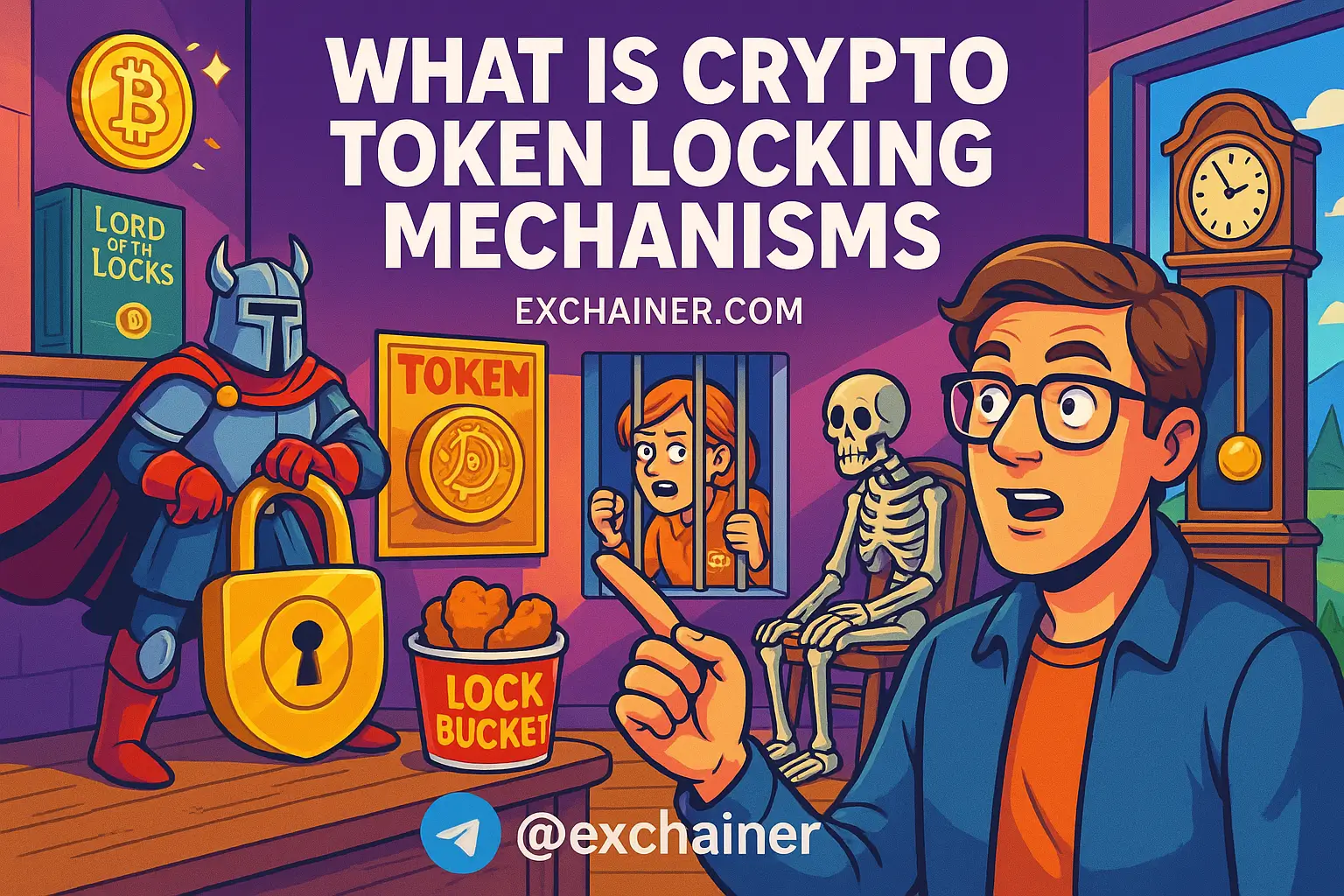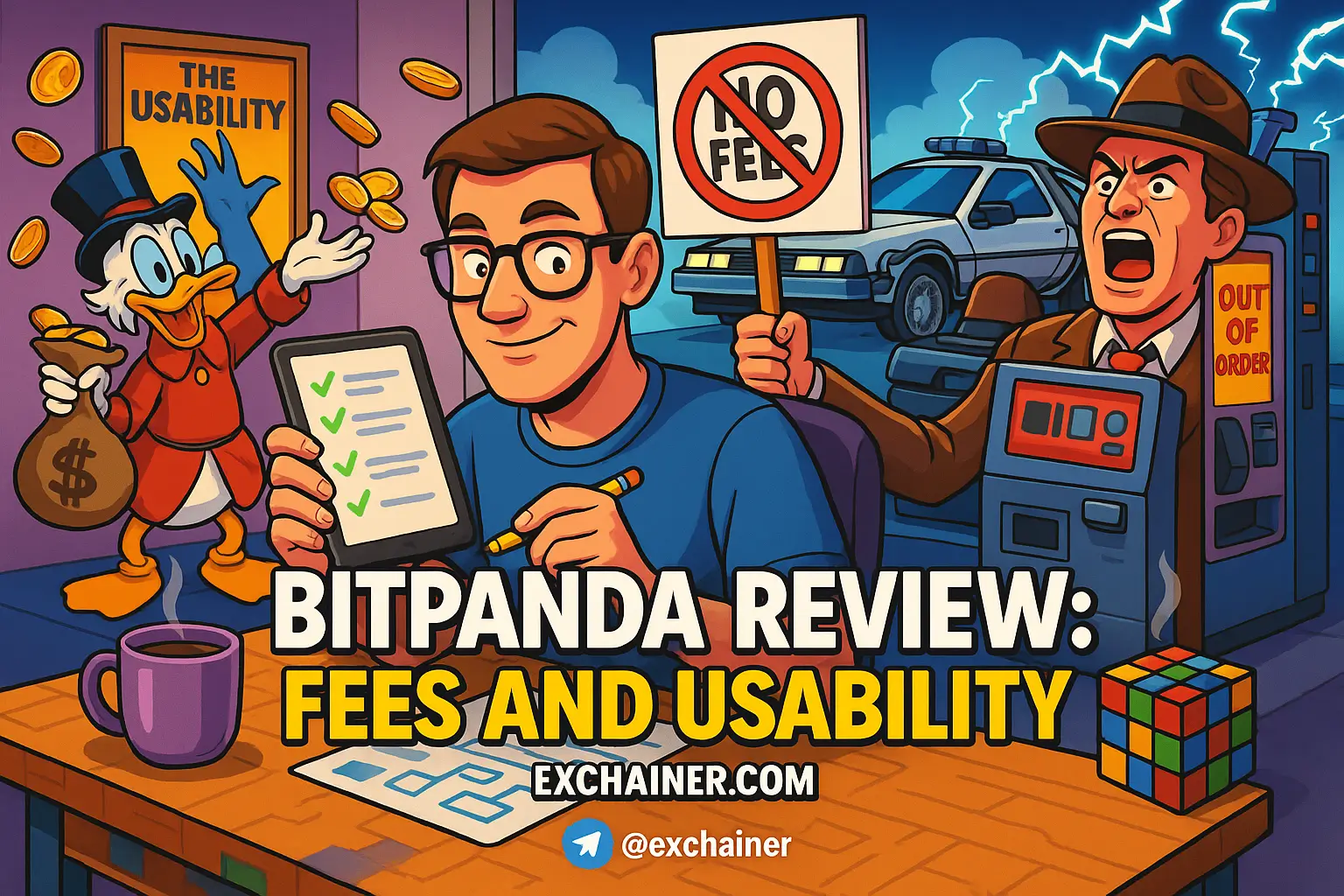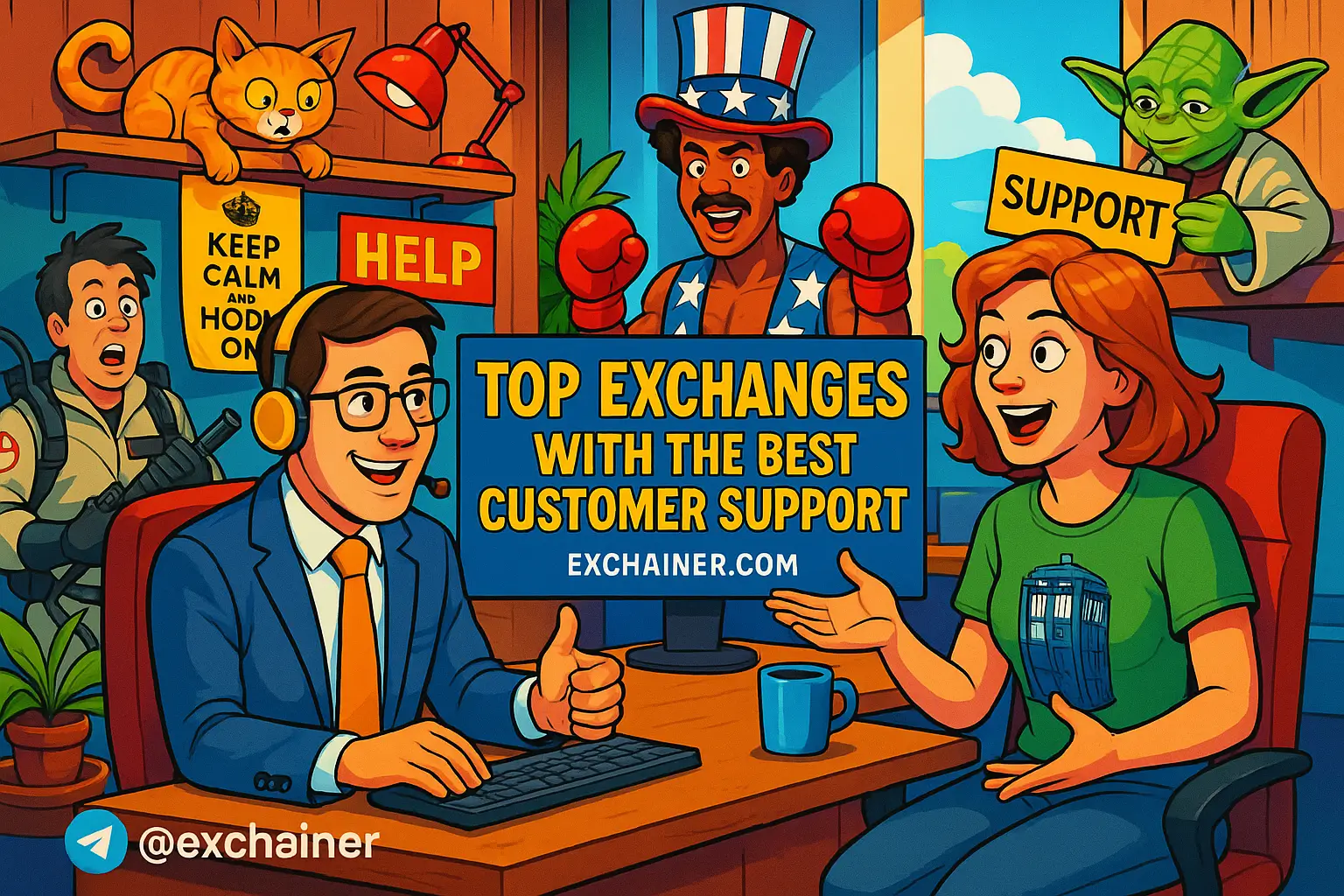Decentralized Finance, or DeFi, is revolutionizing the way we interact with money by offering open, permissionless, and transparent financial services directly on the blockchain. At the heart of every DeFi experience is the crypto wallet, your gateway to the decentralized world. Whether you’re new to crypto or a seasoned user, understanding how to use a crypto wallet with DeFi is crucial. This guide will walk you through everything you need to know, from setting up your wallet to exploring advanced DeFi features—all with an emphasis on security, usability, and smart asset management.
What Is a DeFi Wallet and How Does It Work?
A DeFi wallet is a digital tool that lets you store, send, receive, and manage your cryptocurrencies and other blockchain-based assets. Unlike traditional bank accounts, a DeFi wallet gives you full control over your funds. Instead of relying on banks or other intermediaries, you manage your assets using cryptographic keys—specifically, a private key and a public key. The public key, or wallet address, is like your bank account number; you share it to receive funds. The private key is your secret code, proving ownership of your assets and authorizing transactions.
Key Takeaway:
Your crypto wallet doesn’t actually "hold" your coins. Instead, it manages the keys that control your assets on the blockchain. Transactions are verified and recorded on the blockchain, ensuring transparency and security.
Essential Features of a DeFi Wallet
A well-designed DeFi wallet should offer the following features:
- Send and Receive Crypto: Transfer assets to and from your wallet addresses.
- Multi-Currency Support: Manage multiple cryptocurrencies in one place.
- Token Swapping: Instantly exchange one token for another, often integrated with decentralized exchanges (DEXs).
- Integration with DeFi Apps: Seamlessly connect to lending, borrowing, staking, and liquidity protocols.
- Security Features: Private key management, seed phrases (recovery phrases), and multi-factor authentication (MFA/2FA).
Step-by-Step Guide: How to Use a Crypto Wallet with DeFi
1. Choose the Right Wallet for Your Needs
Selecting the right wallet is crucial. Consider the following before you start:
- Blockchain Compatibility: Most DeFi apps run on Ethereum, so an EVM-compatible wallet (like MetaMask or Trust Wallet) is a safe bet. Other ecosystems like Binance Smart Chain, Solana, and Polkadot require wallets tailored to those networks.
- Security: Look for wallets that support seed phrases and hardware wallet integration for offline storage.
- Ease of Use: Choose a wallet with a user-friendly interface, especially if you’re new to DeFi.
Pro Tip:
Wallets like MetaMask, Trust Wallet, Ledger, and Trezor are popular choices for DeFi users. For mobile users, Trust Wallet and Coinbase Wallet are easy to install and use.
2. Set Up and Secure Your Wallet
Once you’ve chosen your wallet, follow these steps to set it up safely:
- Download the Wallet App from the official website or app store.
- Create a New Wallet and follow the setup instructions.
- Write Down Your Seed Phrase (also called a recovery phrase). This is a series of words that can restore your wallet if your device is lost or damaged. Keep it in a safe, offline location—never share it with anyone.
- Set Up a Strong Password and enable multi-factor authentication if available.
- Add Extra Security (Optional): Consider using a hardware wallet for additional protection.
Expert Insight:
"Own your keys to truly own your wallet." Keeping your assets in a self-custodial wallet is safer than leaving them on an exchange.
3. Fund Your Wallet
To start using DeFi, you’ll need cryptocurrency in your wallet. Here’s how to fund it:
- Buy Crypto with Fiat: Use a reputable exchange (like Coinbase, Binance, or Crypto.com) to purchase cryptocurrency with your credit or debit card.
- Transfer from an Exchange: Withdraw your purchased crypto to your DeFi wallet address. Always double-check the address before sending.
- Receive from Friends: If someone sends you crypto, provide them with your wallet’s public address.
Remember:
The 24-hour withdrawal lock is common on exchanges for new wallets or after reconnecting accounts. Plan ahead if you need immediate access.
4. Connect Your Wallet to DeFi Apps
Now that your wallet is funded, you’re ready to explore DeFi!
- Visit a DeFi Platform: Many DeFi apps (like Uniswap, Aave, or Compound) have a “Connect Wallet” button on their website.
- Choose Your Wallet: Select your wallet from the options provided.
- Authorize the Connection: Approve the connection request in your wallet app. You’ll only need to do this once per site or app.
5. Start Using DeFi Services
With your wallet connected, you can:
- Swap Tokens: Use DEXs to exchange one cryptocurrency for another directly from your wallet.
- Lend and Borrow: Deposit assets to earn interest or borrow against your holdings using lending protocols.
- Stake and Earn Rewards: Lock your tokens in smart contracts to receive rewards or participate in network governance.
- Provide Liquidity: Add funds to liquidity pools and earn trading fees.
Pro Tip:
Always review transaction details (like gas fees and slippage tolerance) before confirming. DeFi transactions are irreversible.
6. Stay Safe in the DeFi World
Security is paramount in DeFi. Follow these best practices:
- Keep Your Keys Secure: Never share your private key or seed phrase.
- Use Hardware Wallets: Store your assets offline when not actively trading.
- Check URLs: Always use official app links to avoid phishing scams.
- Use Multi-Factor Authentication (MFA): Add an extra layer of security to your wallet and exchange accounts.
- Stick to Established Platforms: Limit your interactions to well-known, audited DeFi projects to reduce risk.
Expert Wisdom:
“Staying vigilant and asking questions is key to maintaining a good baseline of security in DeFi.”
Why Use a DeFi Wallet Instead of an Exchange Wallet?
While many popular crypto exchanges offer built-in wallets, they’re considered custodial wallets—meaning the exchange holds your private keys. This arrangement is convenient but comes with risks: if the exchange is hacked or goes offline, you may lose access to your funds. Self-custodial DeFi wallets put you in full control, aligning with the core philosophy of decentralization.
Common DeFi Wallet FAQs
Q: Can I use the same wallet on different blockchains?
A: Some wallets are multi-chain and support several networks (like Trust Wallet or MetaMask with added networks). Others are designed for specific blockchains. Always check compatibility before transferring funds.
Q: What happens if I lose my seed phrase?
A: Without your seed phrase, you cannot recover your wallet or the assets inside. Store it securely and never share it.
Q: Are DeFi wallets free?
A: Most wallets are free to download. However, you may pay blockchain transaction fees (gas fees) when sending or swapping tokens.
Q: Can I use my phone for DeFi transactions?
A: Yes, many DeFi wallets are available as mobile apps, making it easy to manage your assets on the go.
The Future of DeFi Wallets
As DeFi continues to grow, wallet technology is evolving to offer greater interoperability, user experience, and security. Innovations like multichain bridges and smart contract wallets are making it easier to interact with DeFi across multiple blockchains, while hardware wallets and biometric authentication are raising the bar for security.
Final Thoughts: Embrace the Power of Decentralization
Using a crypto wallet with DeFi is more than a technical skill—it’s a step toward financial freedom and autonomy. By following best practices, staying informed, and choosing trusted tools, you can confidently explore the world of decentralized finance. Remember: in DeFi, you are your own bank. Handle your keys with care, and the digital frontier is yours to explore.
Explore more guides on Exchainer.com for deeper insights into cryptocurrency basics, trading strategies, and essential tools. Check out our other categories here: Crypto 101, Exchange Reviews, News, and Tools and Wallets.
Embrace the DeFi journey and start managing your digital assets wisely today!












